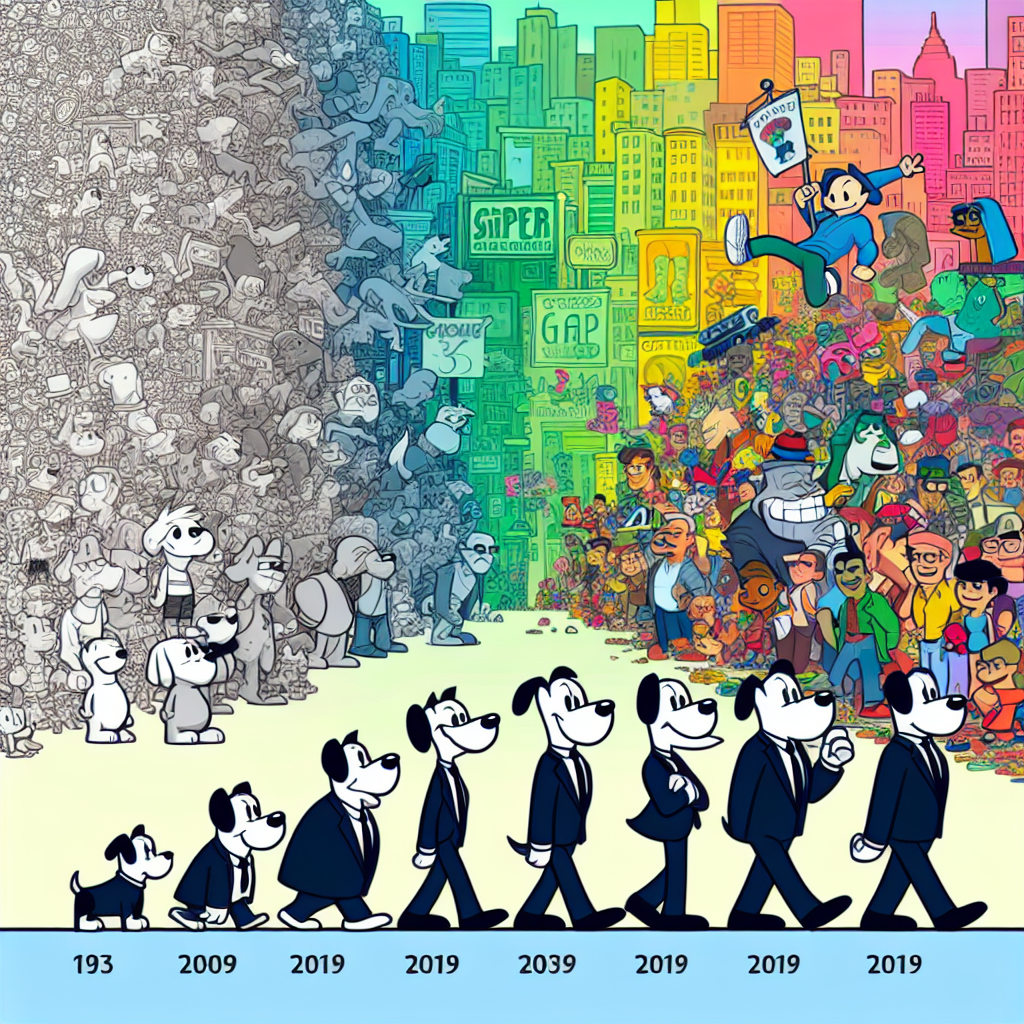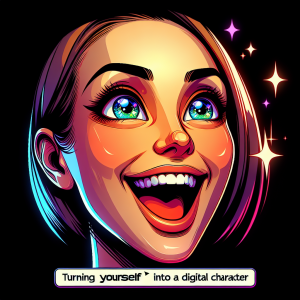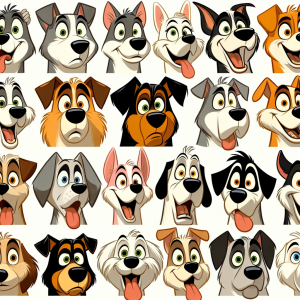The Evolution of Underdog Cartoons: From Humble Beginnings to Cultural Phenomenon
In a world where superheroes and villains play a prominent role, there has always been a special place for the underdog. These characters may not have the superhuman strength or flashy powers, but they definitely have strong morals, determination, and the ability to win the hearts of audiences worldwide. Over the years, underdog cartoons have evolved from their humble beginnings to become a cultural phenomenon, captivating the imagination of fans young and old.
From the lovable pooch named Underdog to the iconic Mighty Mouse, underdog cartoons have been a staple of animated entertainment for decades, offering a different perspective on heroism and giving viewers a relatable and endearing character to root for. With their humble origins and the way they have captured the hearts of audiences, it’s no wonder that these underdog cartoons have become a cultural phenomenon.
The Humble Beginnings of Underdog Cartoons
The concept of the underdog has been a part of storytelling for centuries, but it wasn’t until the rise of animation that these characters truly began to shine. The first underdog cartoons emerged in the early 20th century, during the Golden Age of Animation, a time when studios like Walt Disney and Warner Bros. were experimenting with new characters and storytelling techniques.
One of the earliest underdog cartoons was the creation of Paul Terry in 1917, titled “Dinky Doodle.” Dinky Doodle was a plucky little fellow who always found himself in sticky situations but managed to overcome them through sheer determination and cunning. This character laid the groundwork for the underdog archetype that would become a staple of animated entertainment in the years to come.
The Evolution of Underdog Cartoons
As the concept of underdog cartoons began to gain popularity, studios began to experiment with different characters and storylines to create more compelling and relatable narratives. Through the years, underdog cartoons have continued to evolve, giving rise to iconic characters such as Mighty Mouse, Droopy, and of course, Underdog himself.
Mighty Mouse, created by Paul Terry and Isadore Klein, made his debut in 1942 and quickly became a symbol of hope and heroism for audiences during World War II. With his super strength and unwavering determination, Mighty Mouse fought against injustice and evil, capturing the hearts of viewers and solidifying his place as one of the most beloved underdog characters of all time.
Droopy, on the other hand, was a more subtle but equally endearing underdog character. Created by Tex Avery in 1943, Droopy was a calm and composed hound who always managed to outsmart his adversaries through quiet wit and selective timing. Despite his unassuming appearance, Droopy quickly became a fan favorite and has remained a beloved character in the world of animation.
Of course, no discussion of underdog cartoons would be complete without mentioning Underdog, the iconic superhero created by W. Watts Biggers, Chester Stover, and Joe Harris. Debuting in 1964, Underdog quickly became a household name, with his memorable catchphrases and iconic costume. With his secret identity as a humble shoeshine boy named Shoeshine Boy, Underdog fought against evildoers to protect the citizens of Capitol City, captivating audiences with his unique blend of humor and heroics.
The Cultural Impact of Underdog Cartoons
As underdog cartoons continued to evolve and capture the hearts of audiences, they began to have a significant impact on popular culture. These characters became symbols of hope, resilience, and the power of the individual to make a difference, inspiring generations of fans to embrace their inner underdog and stand up for what’s right.
Underdog cartoons also paved the way for the rise of the superhero genre, laying the groundwork for iconic characters like Superman, Batman, and Spider-Man. These characters, with their relatable struggles and unwavering determination, continue to inspire audiences and remind them that anyone can be a hero, no matter their circumstances.
Underdog cartoons have also had a lasting impact on the world of animation, influencing the storytelling techniques and character development of future animated series and films. The enduring popularity of underdog cartoons has led to countless spin-offs, reboots, and merchandise, ensuring that these beloved characters will continue to be a part of popular culture for years to come.
FAQs
Q: What makes underdog cartoons so appealing to audiences?
A: Underdog cartoons appeal to audiences because they feature relatable characters who overcome adversity through determination and wit, offering a different perspective on heroism and inspiring viewers to embrace their inner underdog.
Q: Which underdog cartoon is the most iconic?
A: While there are many iconic underdog cartoons, Underdog himself is arguably the most iconic, with his memorable catchphrases and distinct costume making him a beloved character for generations of fans.
Q: Will underdog cartoons continue to be a popular part of animation?
A: Given their enduring popularity and cultural impact, it’s likely that underdog cartoons will continue to be a popular part of animation, inspiring future generations of fans to embrace their inner underdog and stand up for what’s right.
In conclusion, underdog cartoons have evolved from their humble beginnings to become a cultural phenomenon, capturing the hearts of audiences worldwide and inspiring generations of fans with their relatable characters and compelling narratives. With their enduring popularity and lasting impact on popular culture, it’s clear that underdog cartoons will continue to be a beloved part of animation for years to come.








+ There are no comments
Add yours